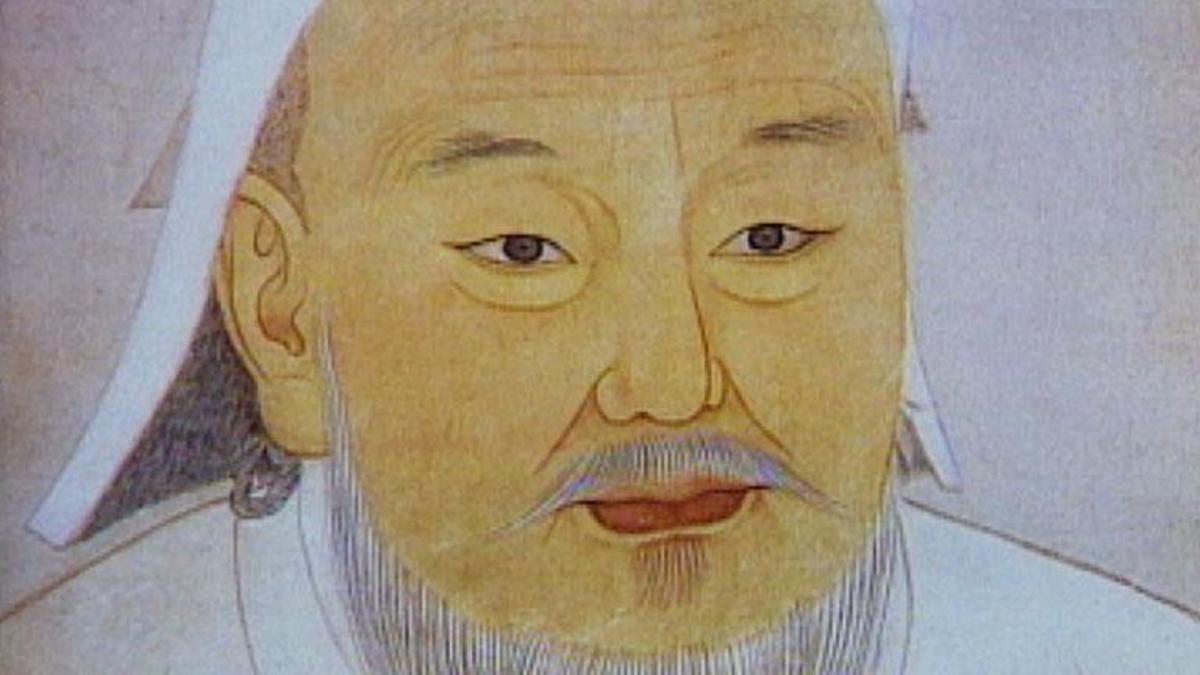:::Issue #27. Why are you receiving this? You’re friends with Cam Houser or you just joined the Minimum Viable Video waitlist. This is where I share uncommon stories of video, entrepreneurship, and mindset:::
🎟 Welcome Nathan, JD, Ashley, Juan, Stevie, and Patricia 🎟
Greetings, rulebreakers and actiontakers-
What I’ve been up to:
🔈 Listening to conversations on Clubhouse. It’s been ok so far but I don’t quite get the hype behind it yet. I’m far more bullish on Roam Research.
🌵 Infusing tequila, part 14: Blueberries. (How did last week’s adventure of infusing apples go? NOT GOOD.)
Rulebreakers: A food startup is branding lettuce like fast food
If I was a billionaire, one of the first projects I would fund is the “Kale Lobby”.
My money would buy influence from lawmakers so that actual healthy foods could find their way into national dietary recommendations.
This strategy takes a fight-fire-with-fire approach regarding corporate interests corrupting the food pyramid, etc.
Food startup Plenty takes an equally weird approach to shifting behaviors around healthy eating.
Their solution? Fast-food style branding.
Unlike other packaging that emphasizes greens as a conscious health choice, Plenty sells the consumer on its lettuce with bright, rich colors to signal it’s a craveable product - Almost all greens brands use a similar design aesthetic, so we aimed for the packaging to pop off of the shelf to pique people’s interest.
Btw, check the image from their front page:
The aesthetic is more science fiction more than healthy eating.
Will it work?
Who knows.
But trying new approaches to old problems is classic rulebreaker strategy.
Source: Fast Company
Genghis Khan was a startup founder
It took the Romans 400 years to conquer an unprecedented amount of territory and peoples.
The Mongol army covered the same ground and accomplished the same feat in 25 years.
There are not many ways in which an empire is like a startup, but the speed and scale at which the Mongols operated qualifies.
Mongol troops moved light
When they set out for distant lands, their strategy emphasized nimbleness and agility.
Instead of transporting slow-moving siege engines and heavy equipment with them, the Mongols carried a faster-moving engineer corps that could build whatever was needed on the spot from available materials. When the Mongols came to the first trees after crossing the vast desert, they cut them down and made them into ladders, siege engines, and other instruments for their attack.
Having agile engineers is a hallmark of any rapid-growth startup, but the overarching philosophy of de-emphasizing heavy resources and trusting your organization’s skills to build whatever is necessary is straight out of the startup playbook.
Book: Genghis Khan and the Making of the Modern World (strong recommendation. Tons of insights about human nature and behavior)
Thanks to reader Steven Wilkinson for the directing me to this book.
Upstanding human beings use BCC
This week’s video is a rant.
Feel free to ignore (or take it as a reminder) if you already know the “moving you to bcc to spare your inbox” move.
If you don’t, do this for the good of your fellow human being. Attention is the scarcest resource.
(btw, this video comes off way more serious than intended. Definitely being light-hearted here :)
See you in the Zoom grid,
Cam
Web: actionworks.co
Twitter: @cahouser
Waitlist for the next cohort of Minimum Viable Video
For professional grade virtual courses and workshops, email cam@actionworks.co
Just for fun: having fun with motion graphics for a video series of stories about Austin…










